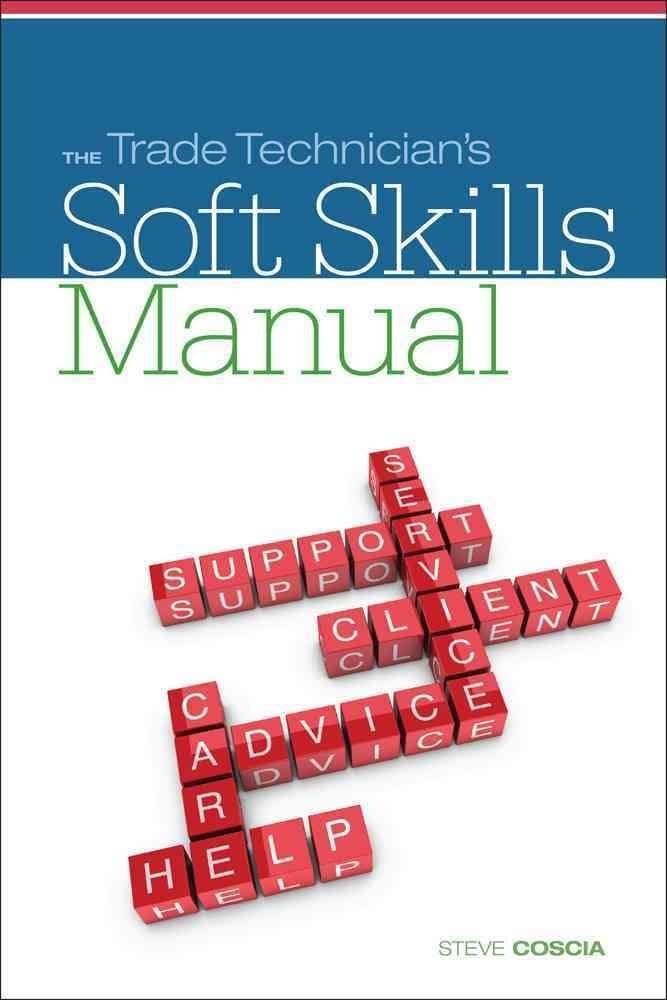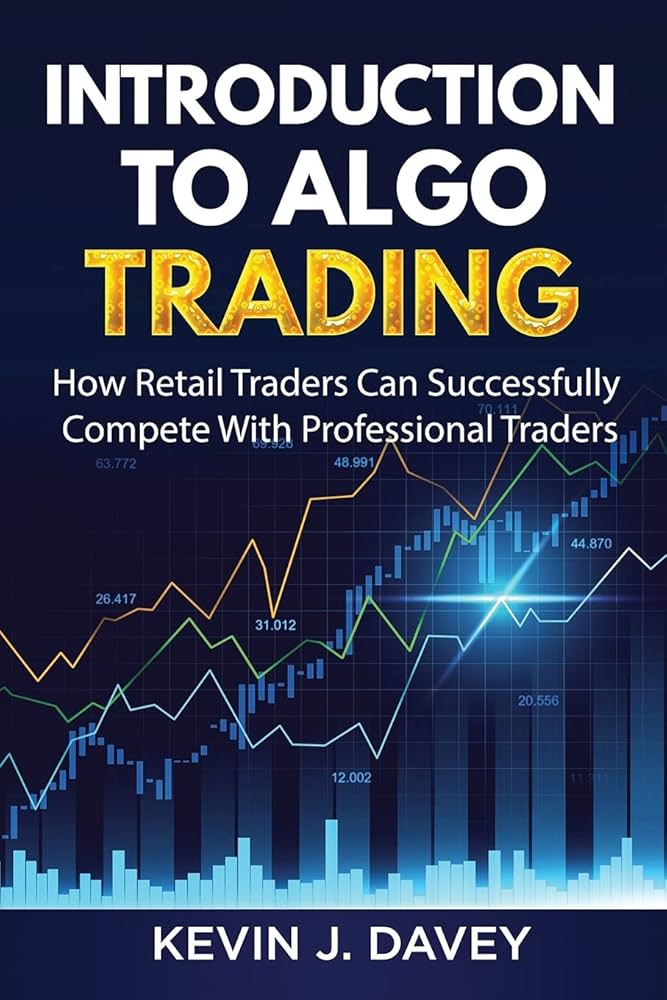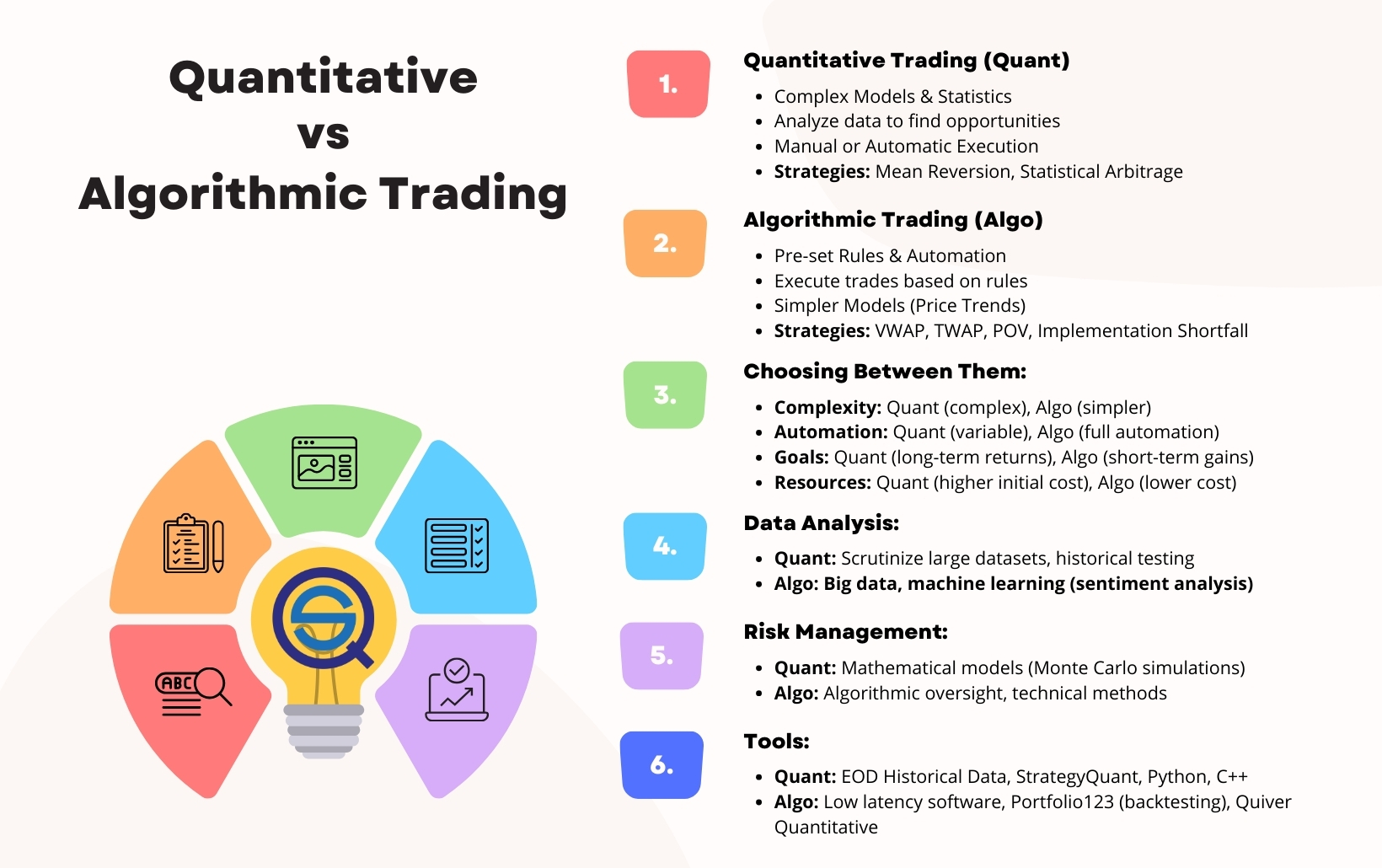Did you know that some algorithms can execute trades in milliseconds, while it takes a human trader several seconds just to blink? In the battle of day trading strategies, the choice between algorithms and manual trading can be daunting. This article dives into the essentials of day trading algorithms and manual trading, exploring how each method operates, their respective advantages, and the skills needed to succeed. We’ll also examine the costs, risk management differences, and the competitive edge of both approaches. By the end, you'll understand whether day trading algorithms are suitable for beginners and how traders can effectively blend both strategies for optimal results, all thanks to insights from DayTradingBusiness.
What are day trading algorithms?
Day trading algorithms are automated systems that execute trades based on predefined criteria and market conditions. They analyze data, identify patterns, and make split-second decisions without human intervention. In contrast, manual trading relies on a trader’s judgment and emotional responses. Algorithms can process vast amounts of information quickly, often resulting in higher efficiency and consistency. However, manual trading allows for flexibility and intuition that algorithms lack. Ultimately, the choice between day trading algorithms and manual trading depends on your trading style, risk tolerance, and expertise.
How does manual trading work in day trading?
Manual trading in day trading involves executing buy and sell orders based on your own analysis and judgment, rather than relying on algorithms. Traders analyze charts, patterns, and market trends, making quick decisions to capitalize on short-term price movements. This approach requires strong discipline, risk management, and the ability to react swiftly to market changes. Unlike algorithmic trading, which relies on pre-set criteria and automation, manual trading allows for flexibility and intuition, but it can also lead to emotional decision-making.
What are the advantages of day trading algorithms?
Day trading algorithms offer several advantages over manual trading. They execute trades faster, reducing the impact of market fluctuations. Algorithms can analyze vast amounts of data in real-time, identifying patterns and making decisions based on complex calculations that humans may miss. They also remove emotional bias, ensuring trades are based on predefined criteria rather than impulse. Additionally, algorithms can operate 24/7, allowing for continuous market monitoring and trading opportunities without the need for constant human oversight.
What benefits does manual trading offer?
Manual trading offers several benefits, including greater flexibility to adapt to market changes, enhanced emotional control, and the ability to apply personal insights and strategies. Traders can quickly respond to news events, interpret market sentiment, and make real-time decisions based on their analysis. Additionally, manual trading fosters a deeper understanding of the market, helping traders develop skills and intuition over time. This hands-on approach can lead to a more personalized trading style that aligns with individual risk tolerance and goals.
How do day trading algorithms execute trades?
Day trading algorithms execute trades by using predefined criteria and real-time data to make decisions. They analyze market trends, price movements, and trading volume instantly, allowing them to place orders faster than manual trading. Algorithms utilize complex mathematical models and machine learning to identify profitable opportunities and manage risk. This automation eliminates emotional decision-making, enabling consistent and efficient execution of trades compared to manual trading, which relies heavily on human judgment and can be slower.
What skills are needed for manual trading?

Manual trading requires skills such as technical analysis, risk management, emotional discipline, market knowledge, and decision-making. You need to analyze charts, identify trends, and understand indicators. Managing risk involves setting stop-loss orders and position sizing. Emotional discipline helps you stick to your strategy without being swayed by fear or greed. Additionally, staying updated on market news and economic factors is crucial for making informed trades.
Are day trading algorithms suitable for beginners?
Day trading algorithms can be challenging for beginners due to their complexity and the need for a solid understanding of market dynamics. While they can automate trades and reduce emotional decision-making, beginners may struggle with interpreting the results and managing risks effectively. Manual trading offers more hands-on experience and allows beginners to learn the market's nuances. Ultimately, beginners should consider starting with manual trading to build foundational skills before exploring algorithms.
How does risk management differ between algorithms and manual trading?
Risk management in algorithms focuses on automated strategies that apply predefined rules, using backtesting and real-time data to adjust positions quickly. In contrast, manual trading relies on human judgment, which can introduce emotional biases and slower reactions to market changes. Algorithms can implement risk controls like stop-loss orders instantly, while manual traders must decide when to act, which can lead to delays. Overall, algorithmic trading allows for more consistent risk management through automation, while manual trading offers flexibility but can be more unpredictable.
Can manual traders compete with algorithmic trading?

Yes, manual traders can compete with algorithmic trading, but it requires skill, experience, and discipline. Manual traders have the advantage of intuition and adaptability, allowing them to respond to market nuances in real-time. While algorithms can process data faster and execute trades automatically, manual traders can leverage their judgment and insights to spot unique opportunities. Success in manual trading often hinges on risk management, strategy development, and emotional control, which can outperform algorithms in certain market conditions.
What are the costs associated with day trading algorithms?
The costs associated with day trading algorithms include software development, trading platform fees, data feeds, transaction costs, and maintenance. You may also incur expenses for backtesting, cloud services, and API access. Compared to manual trading, algorithms can reduce emotional trading errors but require a higher initial investment in technology and ongoing costs for updates and monitoring.
How do market conditions affect algorithmic trading performance?
Market conditions significantly impact algorithmic trading performance. In volatile markets, algorithms can capitalize on rapid price movements, executing trades faster than manual traders. However, in stable markets, algorithms may underperform due to lower trading opportunities and reduced volatility. Market liquidity also plays a crucial role; algorithms thrive in high liquidity environments but can struggle in thinly traded assets, leading to slippage. Additionally, algorithms may react to market anomalies or news faster than manual traders, but they can also amplify losses during unexpected market events. Ultimately, the effectiveness of algorithmic trading versus manual trading depends on the current market dynamics.
Learn about How Does Market Microstructure Affect Day Trading Strategies?
What tools do manual traders use for analysis?
Manual traders use tools like charting software (e.g., TradingView, MetaTrader), technical analysis indicators (like moving averages, RSI, MACD), fundamental analysis resources (news feeds, earnings reports), and risk management calculators. They often rely on trading journals to track performance and make adjustments.
How do day trading algorithms adapt to market changes?
Day trading algorithms adapt to market changes through real-time data analysis, employing machine learning to identify patterns and trends. They update their strategies based on market volatility, news events, and historical performance. In contrast, manual trading relies on human intuition and experience, which can be slower to react. Algorithms execute trades at high speed, minimizing latency, while manual traders may miss opportunities. Overall, algorithms can adjust more quickly and consistently, making them often more effective in rapidly changing markets.
Learn about How Market Microstructure Insights Improve Day Trading Accuracy
What is the learning curve for manual trading versus algorithmic trading?

The learning curve for manual trading is generally steeper. It requires a deep understanding of market dynamics, technical analysis, and emotional discipline. Traders must develop skills over time through practice and real-time decision-making.
In contrast, algorithmic trading has a different learning curve. It involves understanding programming, statistical analysis, and the specific algorithms used for trading. While it may take time to design and backtest a strategy, once established, it can operate with less ongoing intervention.
Overall, manual trading demands more immediate skill development, whereas algorithmic trading focuses on technical skills and strategy creation.
Are day trading algorithms more profitable than manual trading?
Day trading algorithms can be more profitable than manual trading due to their ability to execute trades faster, analyze vast amounts of data, and operate without emotional bias. They can identify patterns and opportunities in real-time that a human trader might miss. However, profitability also depends on the algorithm's design, market conditions, and the trader's strategy. Manual trading can be profitable too, particularly for experienced traders who leverage intuition and market understanding. Ultimately, the effectiveness of each approach varies based on individual skills and market dynamics.
Learn about Is Algorithmic Trading Profitable in Day Trading?
How can traders combine algorithms and manual strategies?
Traders can combine algorithms and manual strategies by using algorithms for data analysis and trade execution while retaining manual control for decision-making and risk management. For instance, an algorithm can identify trading opportunities based on predefined criteria, but the trader can decide whether to execute the trade based on current market conditions. This hybrid approach leverages the speed and precision of algorithms along with the trader's intuition and experience. Additionally, traders can use algorithms to automate routine tasks, freeing them to focus on strategy refinement and adjustments based on market changes.
Conclusion about Day Trading Algorithms vs. Manual Trading: Which is Better?
In conclusion, both day trading algorithms and manual trading have unique advantages and challenges. Algorithms excel in speed and efficiency, while manual trading offers flexibility and a personal touch. Understanding your own trading style and risk tolerance is crucial in determining which approach suits you best. For those looking to enhance their trading strategies, integrating insights from both methods can lead to a more balanced and effective trading experience. DayTradingBusiness is here to support you in navigating these options, ensuring you make informed decisions for your trading journey.
Learn about Day Trading vs. Swing Trading: What's the Difference?